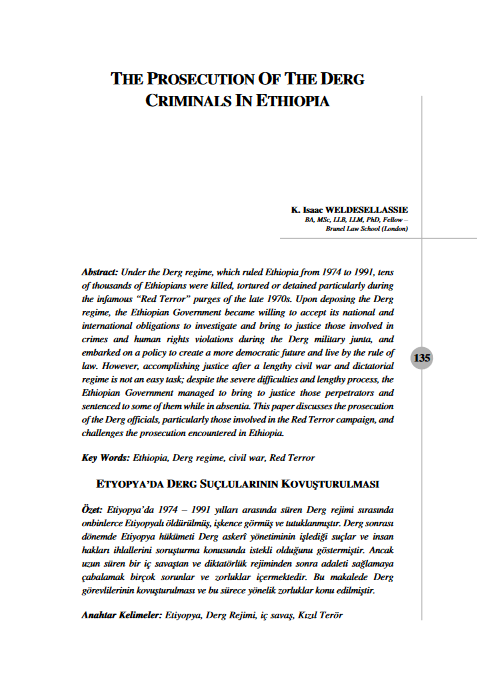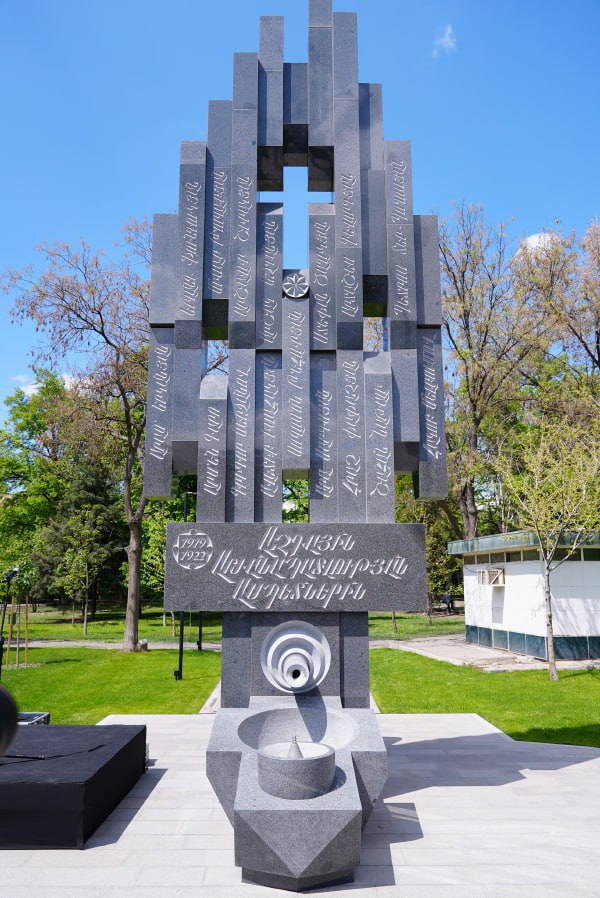
On 25 April, Armenia unveiled a monument in Yerevan, the capital of Armenia, to glorify the terrorist Nemesis organization. Glorifying terrorists and mongering hatred against Turks, Turkey, and Azerbaijan may serve to solidify Armenian nationalism, however, the lessons of history show that such acts ultimately come to haunt and hurt Armenia itself and Armenians themselves. Rather than focusing on the Nemesis terrorists and their followers up to the present, this article will deal the historical roots of the radical Armenian nationalist terrorism and how it targeted and victimized the Armenians themselves.
Nowadays, the radical Armenian nationalists view and depict the terrorist organizations such as Nemesis, JCAG, and ASALA and as their heroes and the champions of the Armenian people and their cause. It is worthwhile to remember that these terrorists, as well as their Dashnak and Hunchak predecessors in the Ottoman Empire killed countless Armenians.
The Hunchaks and the Dashnaks, the self-proclaimed heroes of the Armenian people, have a long history of exploiting the Armenian population morally and materially in addition to targeting and killing countless Armenians who did not adopt their line. In the following sections, this article will first discuss the murder of rich Armenians as well as the ecclesial leaders of the Armenian community in the Ottoman Empire and elsewhere. It will then discuss the targeting of the ordinary people and peasants who fell victim to the cruelty of the Armenian revolutionary committees. Finally, the third section of the discussion will be devoted to those members of the Armenian committees who had the courage to express concern and dissent as to the policies of the committees or who preferred to depart from these committees and were therefore targeted by their own organizations.
The terrorist activities of the Armenian revolutionaries began in the years following the Berlin Treaty of 1878. In 1880s, an armed band of 400 was founded and members of the band were given military training under the leadership of Dr. Pakrat Navarsatian who arrived in Eastern Anatolia from the Caucasus. In addition, “stocks of weapons and ammunitions were built up” and as a result guerrilla activities and local disturbances started to appear in Eastern Anatolia where “a number of pro-Ottoman Armenians were assassinated.”[1]
After the foundation of the two leading Armenian committees (those of the Hunchaks in 1887 and the Dashnaks in 1890), these terrorist activities began to intensify and cause more harm to the peaceful Armenians who became their targets. They frequently targeted such Armenians on three main grounds: they were loyal to the Ottoman Empire and their Turkish neighbors, they refused to endorse and join the committees’ activities, and they refused to make monetary contributions to these committees. Refusal by an Armenian to obey the committees on these lines meant that the Armenian in question could be assassinated by these committees.
Sir Arthur Nicholson, the Secretary of the British Embassy in Istanbul, was told by the American missionaries in May 1893 that these Armenian committees “did not flinch from assassination when instructed, and that they were commencing to exercise a terrorism over their more peaceably disposed compatriots.”[2] Likewise, Cyrus Hamlin, the founder of the Robert College, noted that these committee members “are cunning, unprincipled, and cruel. They terrorize their own people by demanding contributions of money under threats of assassination—a threat which has often been put in execution.” [3]
For these acts of terror, the committees usually chose very young, naive, uneducated Armenians with humble backgrounds. They were indoctrinated to hate and murder Armenians who did not share their goals and ideals. The victims included all classes of people from simple peasants to the elite members of the Armenian community as well as its ecclesial leaders. As noted before, the causes were loyalty to the Ottoman Government and refusal to act in line with the committee’s desires and rejection of financial contribution to the committees’ causes.
The well-to-do and elite members of the Armenian community in the Ottoman Empire and Russia and elsewhere were easy victims for the committees. Often, they owed their success, wealth, and status to the political stability and the good relations they enjoyed with the Ottoman Government and its members. Therefore, they were reluctant to take part in actions or offers which might jeopardize these good relations and the stable environment in which they lived. The same was true of the Armenians who worked for the Ottoman Government as public servants. Each and every one of these were branded by the Armenian committees as traitors to “the national cause” and were targeted. In his seminal work, historian Esat Uras briefly mentions some of these:
“Hatchik, a lawyer, was murdered by a fifteen-year-old Armenian boy by the name of Armenak. Dadjad Vartabet, a preacher in the Gedik Pasha church, was torn to pieces. Mampre Vartabet, who had been chosen a member of the clerical assembly, was wounded in an assassination attempt. The Patriarch Ashikian … was wounded in an assassination attempt carried out in the church of the Patriarchate on 25 March 1894 by Agop of Diyarbakir, a young Armenian who had been chosen by lot by the committee. On 10 May 1894, an attempt was made by two militants under the orders of the Hunchak committee on the life of Simon Maksut, believed to be a friend of the Patriarch, in front of Havyar Han in Galata… Der Sukias, a priest in the Kumkapi cathedral was murdered on similar grounds. Other victims included Migirditch Tutundjief, the police officer Markar, Hadji Dikran, the candle-maker Omnik, the wealthy citizen Karagozian and Undjuian Apik.”[4]
The assassination campaigns against Armenians was not limited to the Ottoman Empire but was extended beyond its borders, even to those rich Armenians living in Europe and Russia. Sempat Kaprielian, an Armenian author, thus described the terroristic activities of the Dashnaks in the following terms:
“A wealthy Armenian living in Europe gave the following extremely cutting reply to some revolutionary Armenians who asked him for money: 'I have no desire to see my money make me the executioner of my own country!' Djamharian, a wealthy Armenian killed by the Dashnaktsutiun terrorists in Moscow was no doubt of the same opinion. Djamharian met the expenses of an Armenian orphanage from his own pocket, and he probably had no wish to see an increase in the number of orphans. Balyozian was murdered in Izmir for the same reason. And we have an even more recent example in Bahalian, a Russian Armenian who refused to give the money demanded in threatening notes sent by the revolutionary committee and was strangled in the street in the city of Novorosiisk on 10 November. A long history could be written full of such crimes and atrocities carried out in the name of the Dashnaktsutiun.”[5]
Similar to the Ottoman Empire, Russia, and Europe, the Armenian committees also targeted wealthy Armenians in the US who did not approve of their goals and methods. The wealthy merchant Tavşancıyan, engaged in carpet trade, was repeatedly threatened that he would be killed unless he paid 10,000 dollars to the committees and when he refused to contribute the required sum, and he was shot dead in New York by Bedros Hamparsumyan from Harput. Gulbenkian brothers, asked to contribute 25,000 dollars, were lucky to escape assassination since some of the assassins and their organizers were arrested by the New York police because of Tavşancıyan’s murder. Later, the Philadelphia police also arrested Azmanaz Kazazian and Garabad Narinian for terrorizing and extorting wealthy Armenians for more than 15 years. Under interrogation, Kazazian admitted to the police that he had ambushed and killed 10 Turks as well as an Armenian woman in Marseille, France. Oddly enough, the assassinations and money extortions in New York and Philadelphia were directed and organized by the Armenian priest Martougesian.[6]
Mihran Karagözyan, a wealthy Armenian merchant in New York, was also similarly targeted. But rather than waiting for his death, Karagözyan complained to the police and because of Karagözyan’s complaint an Armenian assassin was arrested and jailed. As punishment for him going to the police, the Hunchak committee sent agents to Karagözyan’s shop in New York and set it on fire where Karagözyan was burned to death in a most horrible manner. [7]
Der Kasbar Vartanian, an Armenian priest in New York who did not approve of the violence and extremism of the committees and counseled moderation and peace to his people, was similarly targeted. Two Armenians from Harput invited priest Vartanian to their homes, where they proceeded to strangle him to death.[8]
Thus, while Armenian priests such as Der Kasbar Vartanian counseled moderation and peace and condemned the violence, still many other priests joined the violence of the committees, sometimes directing them and sometimes justifying them. As noted above, in the US the Armenian priest Martougesian organized and directed the extortion of money from and assassinations of the wealthy Armenians. Others like Bishop Mushegh, “a fanatical terrorist in the guise of a priest and one of the organizers of the Adana incident of 1909,” not only condoned extortion of money and use of assassinations but also shamelessly (for a religious functionary) tried to justify these acts while branding the rich Armenians as traitors:
“Agents and traitors deserve the bullets fired at them by the revolutionaries, but committee members should think very carefully as to who must accept the responsibility for the bullet fired at a wealthy Armenian who refuses to pay… Hoping to prevent the destruction of all their hopes, [the revolutionaries] knock at the door of a wealthy Armenian, as one would knock at a brother's door, and find themselves turned away with insults and contempt. Tell me, I beg you, are the murderous feelings, the fratricidal feelings, aroused in the soul of the militant, the Armenian revolutionary, who has drunk to the dregs the cup of suffering and despair, to be blamed on the indifference shown by the wealthy Armenian or on the passion felt by the revolutionary? Do not look for thought or reflection in such a situation. There is only one feeling, one passion, and it is this: The wealthy Armenian is an enemy to the Armenian cause. The heart of the Armenian revolutionary is dominated by this thought and this feeling alone. What do you expect from such an abnormal emotion? Is the responsibility for this evil thought to be sought in the alienation of the wealthy or in the heart of the revolutionary?"[9]
Bishop Musheg was not alone in such deeds and thoughts. There were many who shared his line of thinking among his contemporaries. Like Martougesian and Musheg, in the Caucasus Bishop Mesrop Ter Movsesian and Archimandrite S. Koriun were involved in extortion of money from Armenians and the assassination of the police and the gendarmerie and the ordinary Armenians who did not obey the instructions of the Dashnaks. Contrary to what one would expect, religious functionaries did not always have calming and peaceful affect on the Armenian population. On contrary, some members of the clergy appear to have actively taken part in extortions and assassinations of both Armenians and non-Armenians.
In recalling the assassination of important figures, one should certainly not forget Bedros Kapamacıyan, the Armenian Mayor of Van, who was assassinated by the Dashnaks in 1912. Kapamacıyan was respected and loved by both the Muslims and the Armenians of Van and therefore he was elected twice as the mayor of Van. Mayor Kapamacıyan took an impartial stance in the local affairs of Van and kept himself away from the influence of the Dashnaks. In late 1912, just as when the Dashnaks began to work for provocation to draw European intervention, more than a few fires broke out in Van, burning several Armenian buildings with the Dashnaks blaming local Muslims and calling out for external intervention. Kapamacıyan sent an investigation team. After the investigation, he wrote a lengthy report refuting the Dashnak claims on the origins of the fire and blaming the Dashnaks for fires and sowing discord between the Armenians and the Muslims. As a result of his fair and impartial attitude and his courage to disregard Dashnak threats, a Dashnak assassin killed the mayor in December 1912.[10]
In addition to wealthy Armenians, members of the ecclesiastical authorities, and the Armenians who worked for government, the Armenian committees also exploited and targeted the Armenian peasants. Not only did these committees make life worse for the Armenian peasants, they also made financial profits by imposing mandatory arms sales on the peasants. The British Consul at Van noted that the Dashnaks deliberately kept the Armenian population in alarm to push forward their goals and sell weapons to villagers: “They buy rifles at say £10 and force the villagers to buy from them at £20.” The Consul described “the Taschnakist trade of smuggling [arms] from Russia and obliging the villagers to buy them” as “a lucrative business.”[11] Commenting on the Dashnak tactics in this regard, the Consul further added that:
“An [Dashnak] agent arrived in a certain village and informed a villager that he must buy a Mauser pistol. The villager replied that he had no money, whereupon the agent retorted, ‘You must sell your oxen.’ The wretched villager then proceeded to explain that the sowing season would soon arrive and asked how a Mauser pistol would enable him to plough his fields. For reply the agent proceeded to destroy the poor man’s oxen with his pistol and then departed.”[12]
Foreign observers were not alone in making such statements. Armenian authors made similar observations. These committees were “forcing these wretched souls to sell their household goods, their herds and their flocks in order to purchase these weapons.”[13]
Obliging villagers to buy weapons at lucratively higher prices to make financial profits, killing the peasants’ livestock, or beating them when they refused to oblige with their demands seems to have been a routine business for the Armenian committees. As a result, many Armenians complained about their baneful influence. In Bitlis, for example, the Armenians had complained to the Russian Vice-Consul that “the Armenians had received nothing but suffering and woe” from these committee members. They extorted money from the Armenian population, routinely resorting to violent beatings and threatening individuals with their lives to obtain their money.[14] In addition, the Russian Vice-Consul in Van described how the Dashnaks plundered the Armenian Church of Akhtamar, taking possession of all the valuables found in the church as well as establishing control over its considerable incomes. Similarly, the British Consul in Van observed that:
“From what I have seen in the parts of the country I have visited I have become more convinced than ever of the baneful influence of the Taschnak Committee on the welfare of the Armenians and generally of this part of Turkey. It is impossible to overlook the fact in that in all places where there are no Armenian political organisations or where such organisations are imperfectly developed, the Armenians live in comparative harmony with the Turks and Kurds.”[15]
Thus, the committees seem to have abused the Armenian population in the service of their own selfish goals. But complaining and standing against these committees was no easy task, since the individuals who expressed dissent or dissatisfaction were mercilessly killed even when they came from the ranks of these committees. As Sempat Kaprielian noted:
“Anyone who protested against such acts would be denounced by his own friends and sometimes even sentenced to death. Such cruelty and ferocity became a characteristic feature of the Armenian revolutionaries... One of the revolutionaries, who had set out to Tiflis to report on their disgraceful behavior, was joined by two of his companions who, after nightfall, suddenly attacked and killed him. Tohmalaian Vartabet, a man with the courage of his convictions and who had the heroism of spirit to protest against such atrocities, met with a similar fate. He was enticed out into the outskirts of a small Armenian country town and there cut to pieces. Gergesian, a member of Dashnaktsutiun and the first to bathe the Armenian revolutionary flag in his sacred blood, was murdered in Erzurum.”[16]
In not so different circumstances, the Dashnaks murdered their other own members as well. In the Caucasus, a Dashnak by the name of Mikhran as well his companions were murdered in cold blood by the Dashnaks following a disagreement as to the orientation of the Dashnak committee. Similarly, in Van, a Dashnak by the name of Davit became disillusioned with the committee’s as well as its leaders’ conduct and decided to quit the party in 1907. Like other victims before him, he was later pursued and assassinated by the Dashnaks.[17]
The Hunchaks attitude and policy was not so different from that of the Dashnaks over such issues. In 1897, the Hunchaks split into two factions; “the extreme Hunchaks, the followers of Nazarbeg,” and “the moderate Hunchaks, or those belonging to the Arpiar Arpiarian group.” The rivalry between the two factions finally led to open attempts at assassination and the conflict “reached a peak of violence in 1902, when several members of the old committee were killed in the streets of London, Egypt, Bulgaria, the Caucasus and Iran by men who had once been their colleagues.”[18] So intense was the murder of Armenians by these committees that between 1902 and 1905, for instance, “there were two Armenian victims assassinated for every one non-Armenian.”[19]
An Armenian critique of these committees, Sempat Kaprielian, concluded that the measures adopted by the Armenian revolutionaries towards the people “have reduced the [Armenian] nation to a state of moral and material ruin and despair” and that “the clandestine killing of rivals … pursued by the Armenian revolutionaries has branded all Armenians as murderers and brought dishonor on the Armenian name.”[20]
Similarly, Armenian author K.S. Papazian concluded that the Dashnaks “as an organization has degenerated so far, that it can be compared with the Italian Mafia, and the gangsters of this country [the US] ... Its hands are raised against everybody, its plottings and crimes have rocked the conscience of all decent Armenians, and have disgraced our people before the civilized world.”[21]
Unfortunately, the recent erection of a monument to glorify the terrorist Nemesis organization in Yerevan, the capital of Armenia, once again shows that the Armenian state seems to have not learned the lessons of the history.
*Photograph: the recently unveiled Nemesis terrorist monument in Yerevan - Source: the Armenian Weekly
[1] Esat Uras, The Armenians in History and the Armenian Question (Ankara: Documentary Publications, 1988), 682.
[2] Ibid, 723.
[3] “Letter from Mr. Cyrus Hamlin in regard to Armenian revolutionary organization,” 23 December 1893.
[4] Uras, Armenians in History, 724-725.
[5] Ibid, 705.
[6] Recep Karacakaya, “Diasporada Ermenilerin Ermenilere Suikastları,” Türk Yurdu, (Nisan 2015), https://www.turkyurdu.com.tr/yazar-yazi.php?id=237
[7] Ibid.
[8] Ibid.
[9] Uras, Armenians in History, 707-708.
[10] Justin McCarthy et al., The Armenian Rebellion at Van (Salt Lake City: University of Utah Press, 2006), p. 165.
[11] FO 195/2375, Molyneux-Seel to Lowther, Van, October 9, 1911.
[12] FO 195/2949, Molyneux-Seel to Lowther, Van, February 17, 1913
[13] Uras, Armenians in History, 705-707.
[14] Michael A. Reynolds, “Ottoman-Russian Struggle for Eastern Anatolia and the Caucasus, 1909-1918,” Princeton University, 2003, unpublished PhD Dissertation, p. 206, fn.30.
[15] FO 195/2375, Molyneux-Seel to Lowther, Van, October 9, 1911.
[16] Uras, Armenians in History, 705-707.
[17] McCarthy, Armenian Rebellion at Van.
[18] Uras, Armenians in History, 755.
[19] Heath W. Lowry, ““Nineteenth and Twentieth Century Armenian Terrorism: Threads of Continuity,” in International Terrorism and the Drug Connection (Ankara: Ankara University Press, 1984), pp 71-83.
[20] Uras, Armenians in History, 707.
[21] K. S. Papazian, Patriotism Perverted: A discussion of the deeds and the misdeeds of the Armenian Revolutionary Federation, the so-called Dashnagtzoutune (Boston: Baikar Press, 1934), p. 67.
© 2009-2025 Center for Eurasian Studies (AVİM) All Rights Reserved
No comments yet.
-
DIASPORA ARMENIANS AND THEIR INITIATIVES FOR COMPENSATION: THE REFLECTIONS OF THE MOVSESIAN CASE
AVİM 12.02.2012 -
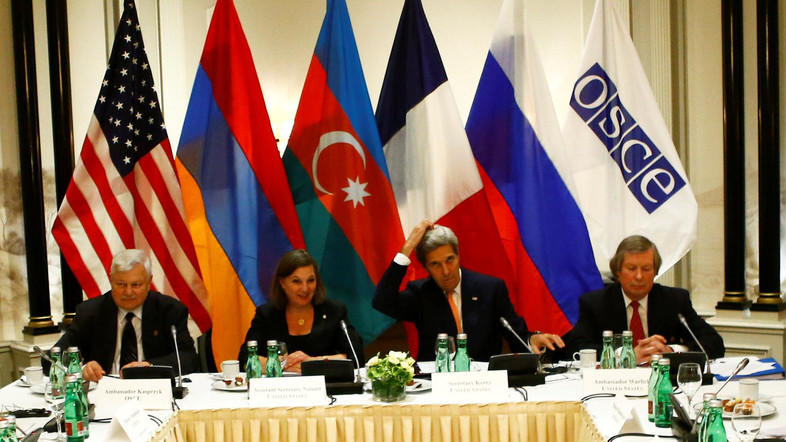 “QUIET DIPLOMACY” IN NAGORNO KARABAKH CONFLICT AND ARMENIAN ELECTIONS
“QUIET DIPLOMACY” IN NAGORNO KARABAKH CONFLICT AND ARMENIAN ELECTIONS
AVİM 24.04.2018 -
 THE ROOTS OF “NEMESIS” AND THE BACKGROUND OF RADICAL ARMENIAN NATIONALIST TERRORISM
THE ROOTS OF “NEMESIS” AND THE BACKGROUND OF RADICAL ARMENIAN NATIONALIST TERRORISM
AVİM 11.05.2023 -
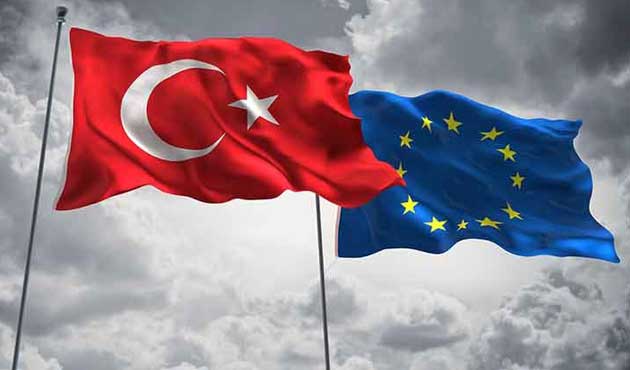 EU'S INCORRIGIBLE BIAS AND ANTAGONISM AGAINST TURKEY HAS BEEN REVEALED
EU'S INCORRIGIBLE BIAS AND ANTAGONISM AGAINST TURKEY HAS BEEN REVEALED
AVİM 21.09.2020 -
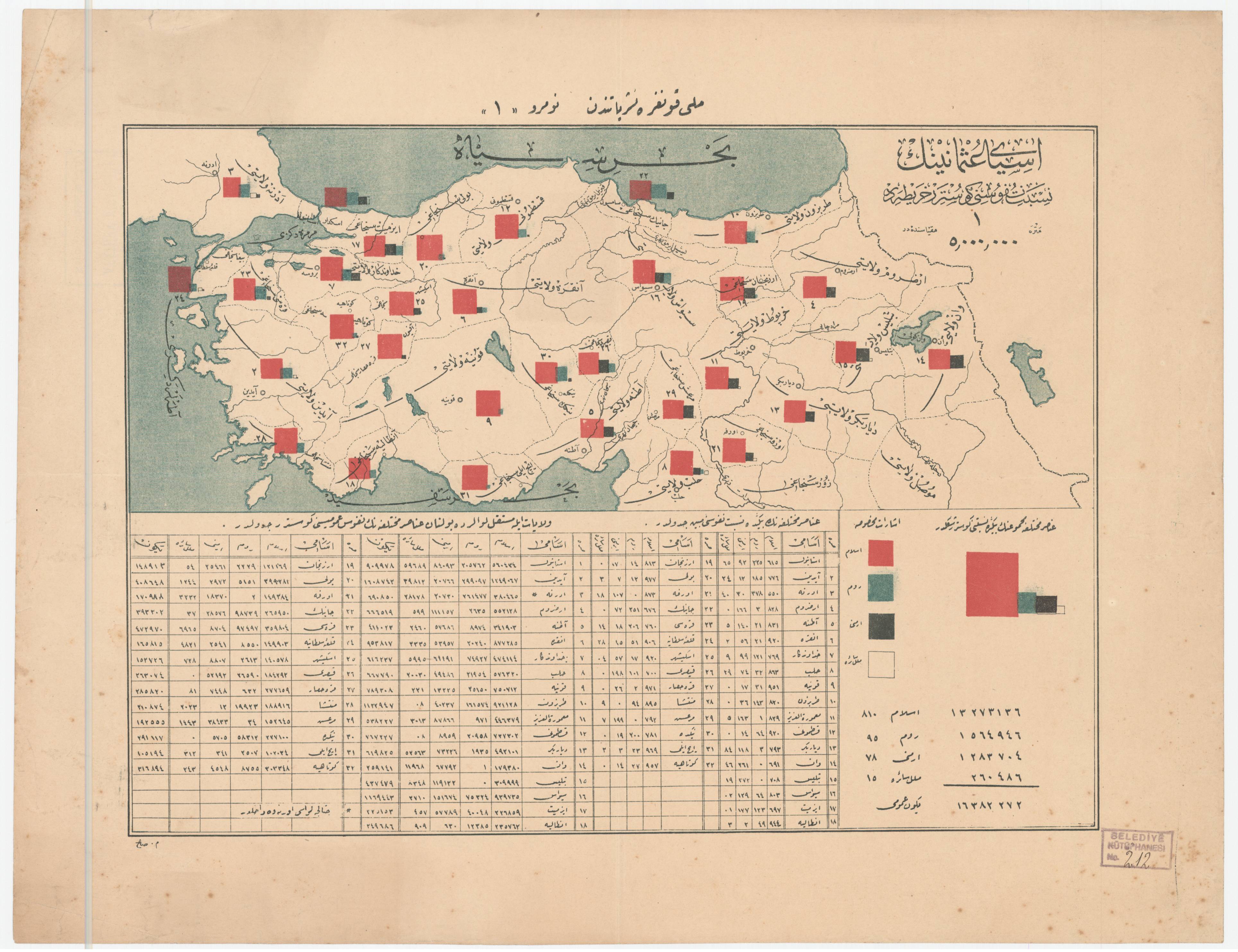 STATISTICAL INFORMATION REGARDING OTTOMAN ARMENIANS AND FOREIGN RESOURCES
STATISTICAL INFORMATION REGARDING OTTOMAN ARMENIANS AND FOREIGN RESOURCES
AVİM 25.10.2021
-
 “QUIET DIPLOMACY” IN NAGORNO KARABAKH CONFLICT AND ARMENIAN ELECTIONS
“QUIET DIPLOMACY” IN NAGORNO KARABAKH CONFLICT AND ARMENIAN ELECTIONS
AVİM 24.04.2018 -
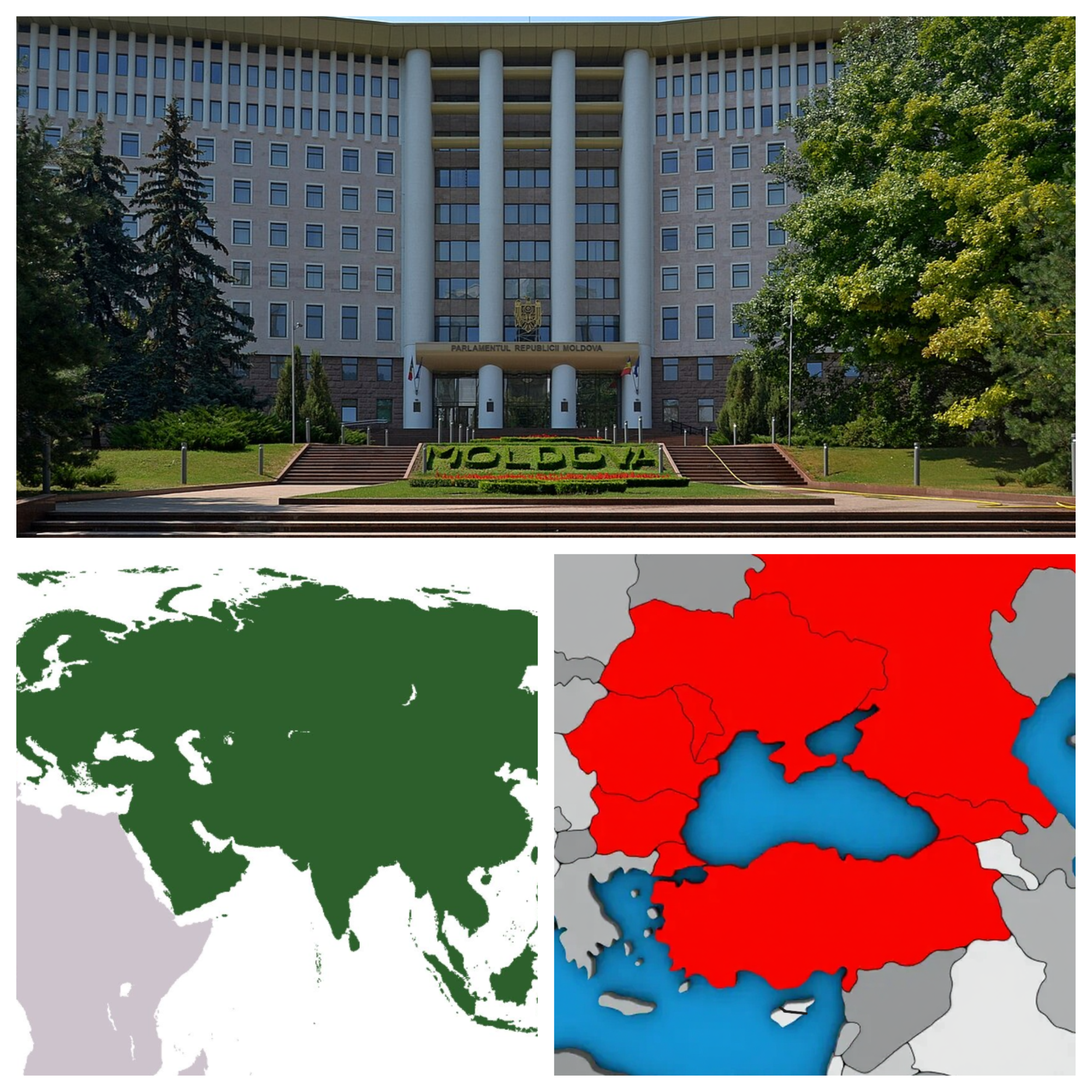 REFORMING MOLDOVA: STABILITY THROUGH CONSTRUCTIVE EURASIANISM
REFORMING MOLDOVA: STABILITY THROUGH CONSTRUCTIVE EURASIANISM
Teoman Ertuğrul TULUN 24.10.2025 -
 THE ROOTS OF “NEMESIS” AND THE BACKGROUND OF RADICAL ARMENIAN NATIONALIST TERRORISM
THE ROOTS OF “NEMESIS” AND THE BACKGROUND OF RADICAL ARMENIAN NATIONALIST TERRORISM
AVİM 11.05.2023 -
 MACRON’S PROPOSAL OF CREATING EUROPEAN POLITICAL COMMUNITY AND NATO'S GUARDIAN ANGEL WINGS
MACRON’S PROPOSAL OF CREATING EUROPEAN POLITICAL COMMUNITY AND NATO'S GUARDIAN ANGEL WINGS
Teoman Ertuğrul TULUN 19.07.2022 -
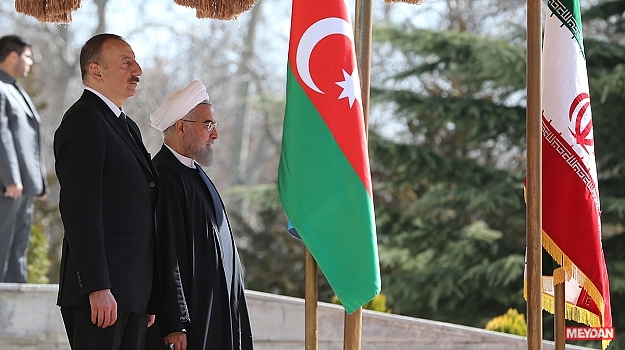 IRAN SEEKING NEW MARKETS IN THE SOUTH CAUCASUS: AZERBAIJAN
IRAN SEEKING NEW MARKETS IN THE SOUTH CAUCASUS: AZERBAIJAN
Özge Nur ÖĞÜTCÜ 18.03.2016
-
25.01.2016
THE ARMENIAN QUESTION - BASIC KNOWLEDGE AND DOCUMENTATION -
12.06.2024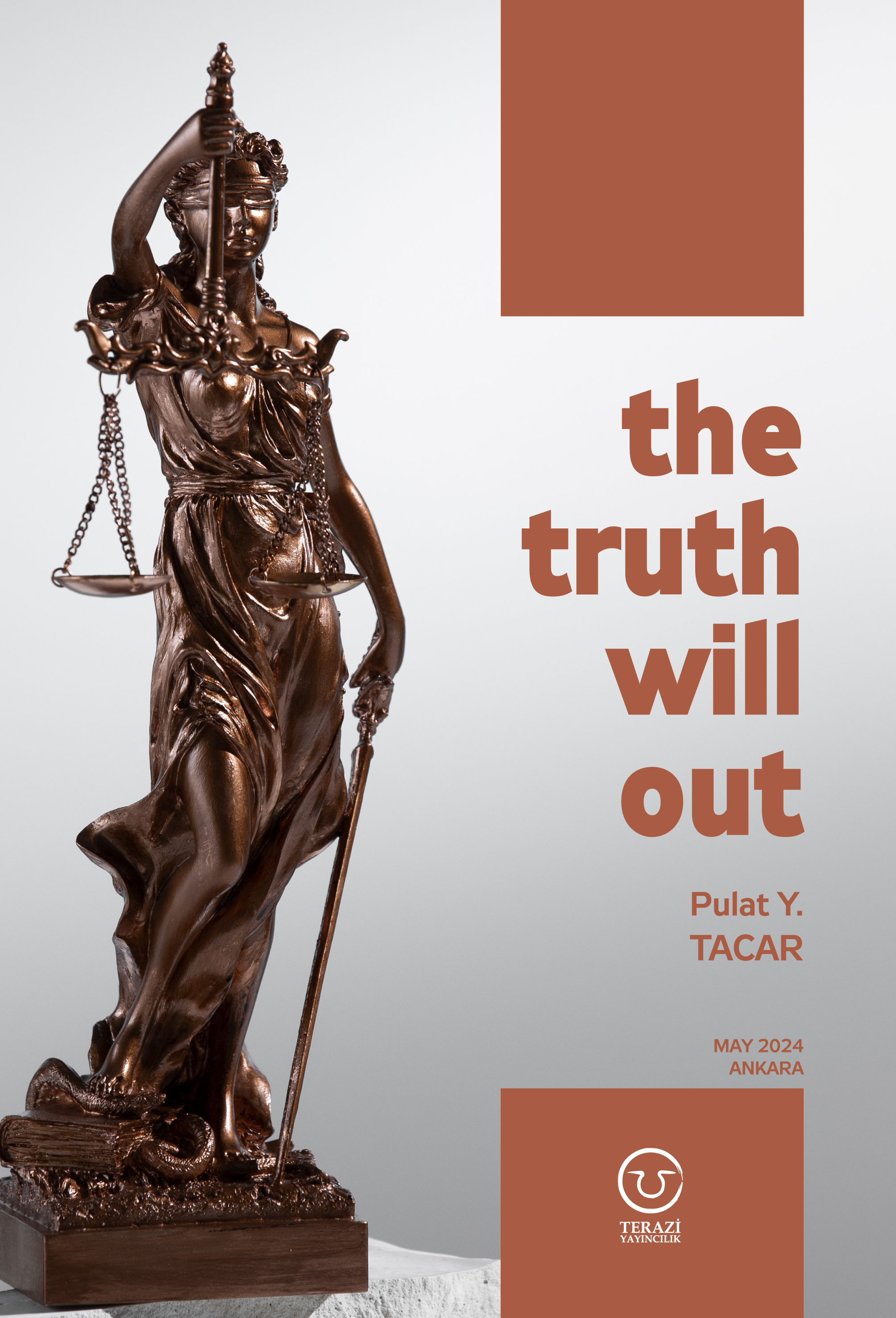
THE TRUTH WILL OUT -
27.03.2023
RADİKAL ERMENİ UNSURLARCA GERÇEKLEŞTİRİLEN MEZALİMLER VE VANDALİZM -
17.03.2023
PATRIOTISM PERVERTED -
23.02.2023
MEN ARE LIKE THAT -
03.02.2023
BAKÜ-TİFLİS-CEYHAN BORU HATTININ YAŞANAN TARİHİ -
16.12.2022
INTERNATIONAL SCHOLARS ON THE EVENTS OF 1915 -
07.12.2022
FAKE PHOTOS AND THE ARMENIAN PROPAGANDA -
07.12.2022
ERMENİ PROPAGANDASI VE SAHTE RESİMLER -
01.01.2022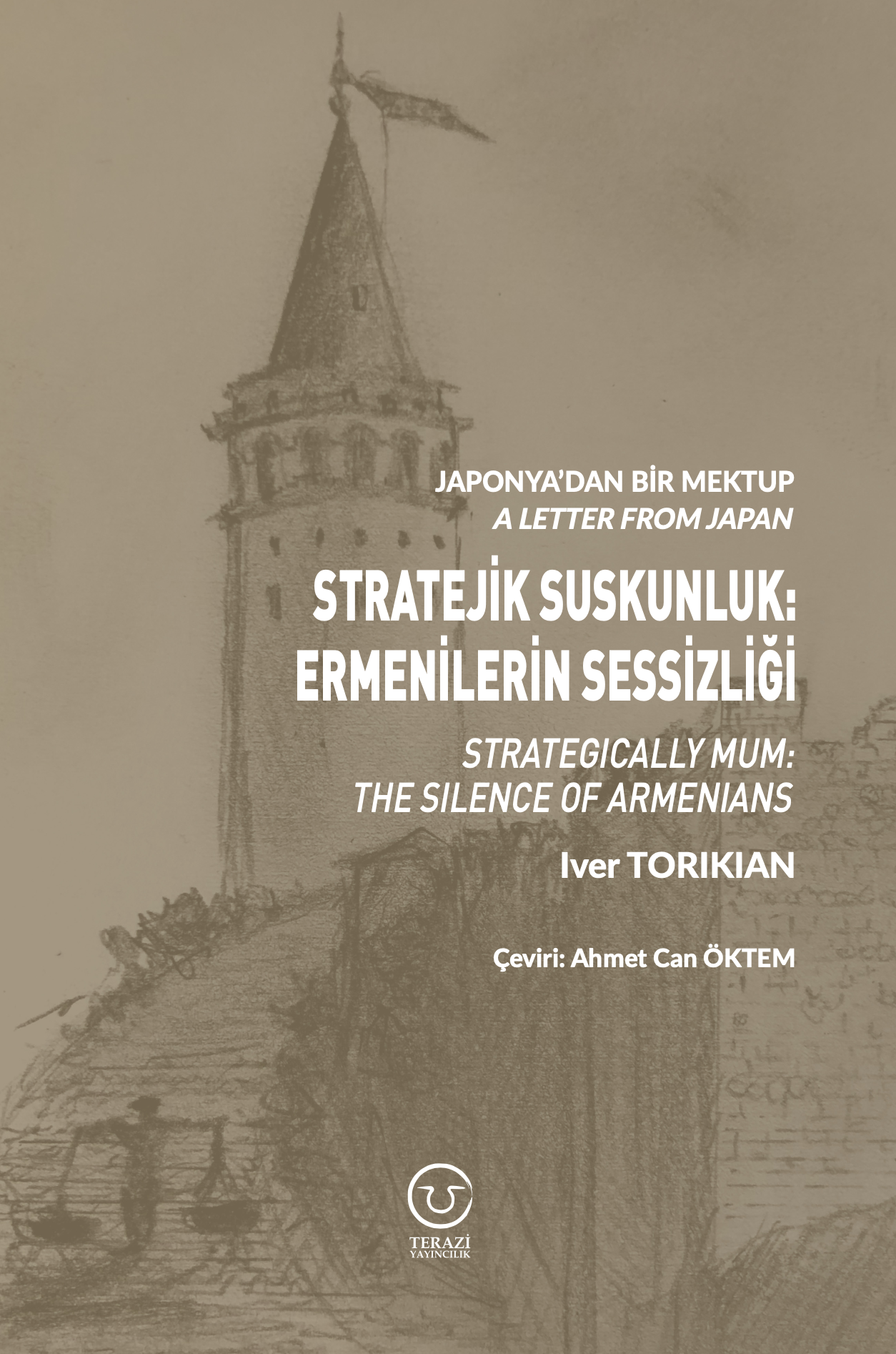
A Letter From Japan - Strategically Mum: The Silence of the Armenians -
01.01.2022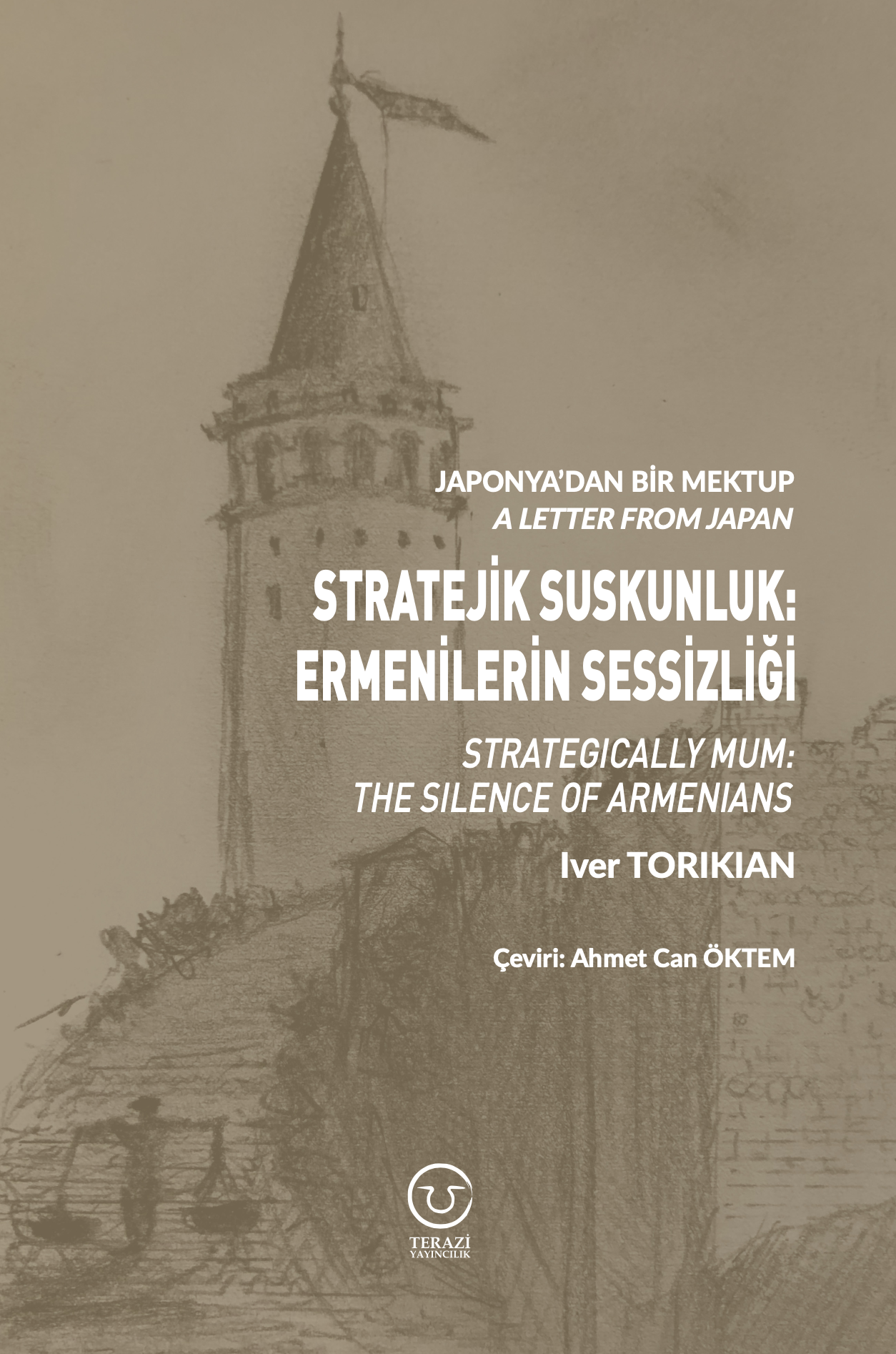
Japonya'dan Bir Mektup - Stratejik Suskunluk: Ermenilerin Sessizliği -
03.06.2020
Anastas Mikoyan: Confessions of an Armenian Bolshevik -
08.04.2020
Sovyet Sonrası Ukrayna’da Devlet, Toplum ve Siyaset - Değişen Dinamikler, Dönüşen Kimlikler -
12.06.2018
Ermeni Sorunuyla İlgili İngiliz Belgeleri (1912-1923) - British Documents on Armenian Question (1912-1923) -
02.12.2016
Turkish-Russian Academics: A Historical Study on the Caucasus -
01.07.2016
Gürcistan'daki Müslüman Topluluklar: Azınlık Hakları, Kimlik, Siyaset -
10.03.2016
Armenian Diaspora: Diaspora, State and the Imagination of the Republic of Armenia -
24.01.2016
ERMENİ SORUNU - TEMEL BİLGİ VE BELGELER (2. BASKI)
-
AVİM Conference Hall 24.01.2023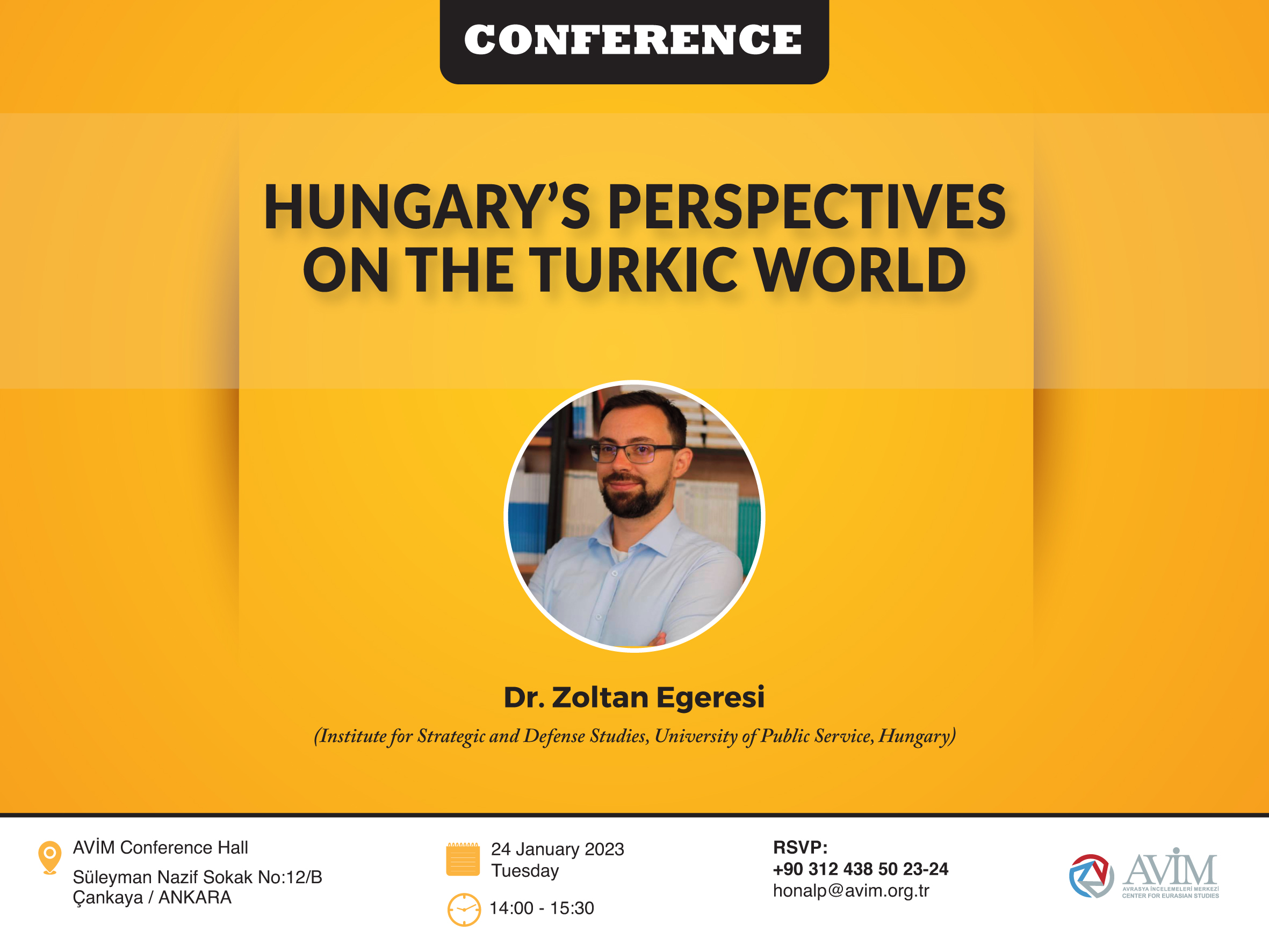
CONFERENCE TITLED “HUNGARY’S PERSPECTIVES ON THE TURKIC WORLD"








